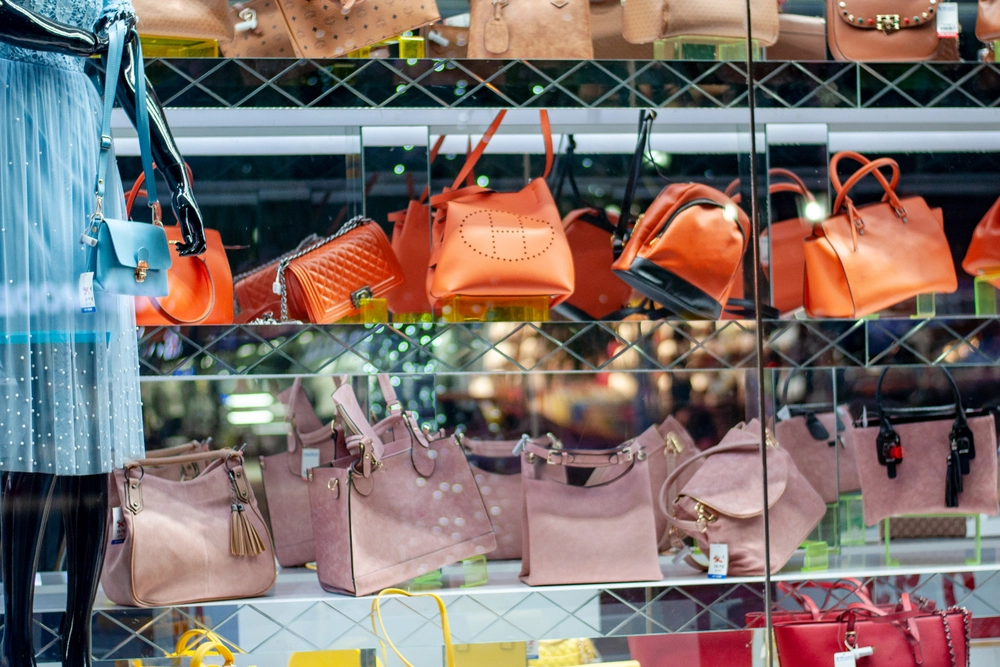The opposition was based on the following grounds:
Section 5(3) of the Trade Marks Act 1994 (the "TMA 1994")
Puma claimed its earlier marks have a UK and EU reputation for clothing, retail, cosmetics and protective footwear and that Nexen had applied for a registration which took unfair advantage of the repute and distinctive character of the PUMA trade mark or was detrimental to the reputation of PUMA. In particular, it claimed that:
- The average consumer will associate Nexen's mark with its earlier marks, thereby endowing Nexen's class 12 goods with the qualities associated with Puma's earlier marks (i.e. quality, performance and celebrity) and thereby giving them an unfair advantage.
- Nexen's use of PUMA is out of Puma's control and if used in relation to poor quality goods, it will be detrimental to the earlier marks' reputation.
- Nexen's use of PUMA will dilute the distinctive character of its earlier marks by damaging its uniqueness and impairing the ability of the earlier marks to distinguish the registered goods.
Section 5(4)(a) of the TMA 1994
Puma also claimed that Nexen's use of PUMA would amount to passing off. This is since it would misrepresent to the public that the goods sold under it by Nexen was connected with Puma, therefore damaging Puma's goodwill.
Defence
Nexen denied the claims made as it argued that the contested goods were totally distinct from the class 18 and 25 goods covered by Puma's trade marks. As part of the opposition, Puma was put to proof of use and reputation of its earlier marks, which Puma had to show in order to be able to rely on those marks in the opposition.
The (lack of) Evidence
Puma's representative provided witness statements giving information about co-existence agreements with third party users of 'PUMA' and relied on internet research carried out by the lawyer to evidence the use and reputation of its earlier marks and the goodwill generated under them.
The Hearing Officer highlighted the lack of direct evidence from Puma itself or anyone with first-hand knowledge of the statements its representative made in the witness statement. Although hearsay evidence is admissible, without any explanation as to why direct evidence was not filed, the Hearing Officer noted how this will affect the weight of the hearsay evidence and that they will be cautious to rely on it particularly where there are gaps, or they have "doubts about its probative value". After all, the evidential burden is on Puma to substantiate its use of its earlier marks.
The Hearing Officer criticised the evidence as leaving much to be desired. A few observations were as follows:
- As the source of some of the evidence was unclear, no weight would be attached to it.
- There was a lack of clarity as to the context of any figures referenced.
- Photographs lacked quality.
- Photographs lacked contextualising.
- There was not enough reference to how the goods were marketed.
That said, the Hearing Officer did, however, accept the earlier marks were known to a significant part of the UK and EU public in relation to sports footwear, clothing and headgear for sports and leisure use (the "Goods"). Genuine use was accordingly established in relation to these goods.
Whilst there was evidence of use of the earlier marks on sports bags and belts, there was no evidence of reputation extending to these goods since no reliable evidence was provided showing the extent of use and promotion.
Criticising the lack of context and substantiation of the evidence, the Hearing Officer noted it was "flimsy" and did not evince PUMA in relation to any other goods.
Section 5(3)
The Hearing Officer treated all marks as identical and analysed whether the criterions for a successful section 5(3) claim were made out.
The earlier marks had a high reputation for the Goods and had become highly distinctive through use in relation to them. However, there was no similarity between the Goods and the goods covered by Nexen's goods (for instance, clothing has an entirely different nature, purpose and method of use to fork lift and pallet trucks). There was therefore no likelihood of confusion. No part of the UK public would link the earlier marks with their reputation for the goods and the contested mark used in relation to the applied for goods.
Aside from any link, the characteristics were unlikely to transfer from the Goods to fork lifts and pallet trucks. The detriment to tarnishing the earlier marks' reputation if Puma was used in relation to poor quality goods and the proposed dilution of the earlier marks' distinctive character was speculative and, without any supplementary evidence, it could not be upheld.
Section 5(3) therefore failed.
Section 5(4)(a)
The passing off claim also failed.
Whilst the Hearing Officer was satisfied that Puma had a more than trivial number of UK customers for 'PUMA' in relation to the Goods, sports bags and belts, safety footwear and glasses, there was not enough evidence in relation to any other goods pleaded.
The parties' marks were deemed identical, though the customers were largely very different. Although the Hearing Officer accepted Puma's goodwill extended to safety footwear, this was only a "very small part" of their goodwill.
As such, there was no misrepresentation that a substantial number of Puma's customers or potential customers would consider the parties to be connected. Neither was there any likelihood of "real damage to its goodwill" as it could not be inferred since the distance in commercial activities and types of goods were too different and there was no evidence of "more-than-minimal" damage to its goodwill.
Although the goods at issue in this case were so different, I do not think the insufficient evidence overall affected the outcome of the case. This is another case which demonstrates the importance of filing sufficient evidence in trade mark proceedings as well as ensuring that evidence is provided by somebody with the requisite knowledge of the entity.
Charlene Nelson, Senior Associate (Chartered Trade Mark Attorney)































